Precarious playground structures by Capucine Diancourt rely on users' balance
Dutch Design Week 2015: French designer Capucine Diancourt's series of unconventional playground equipment includes non-fixed rocking items that challenge children to keep their balance.
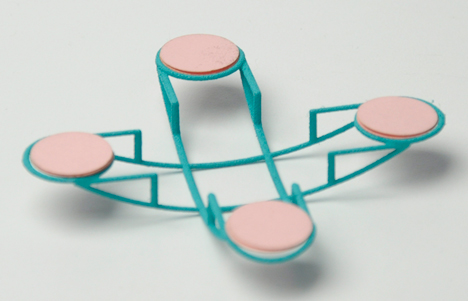
Each of the seven steel Loose Play structures rests on curved bases, causing them to freely rock back and forth – as opposed to typical playground equipment which is set into the ground.
The usual see-saw has been reinterpreted as a single cylinder, with steel rods emerging from either side with seats on the end.
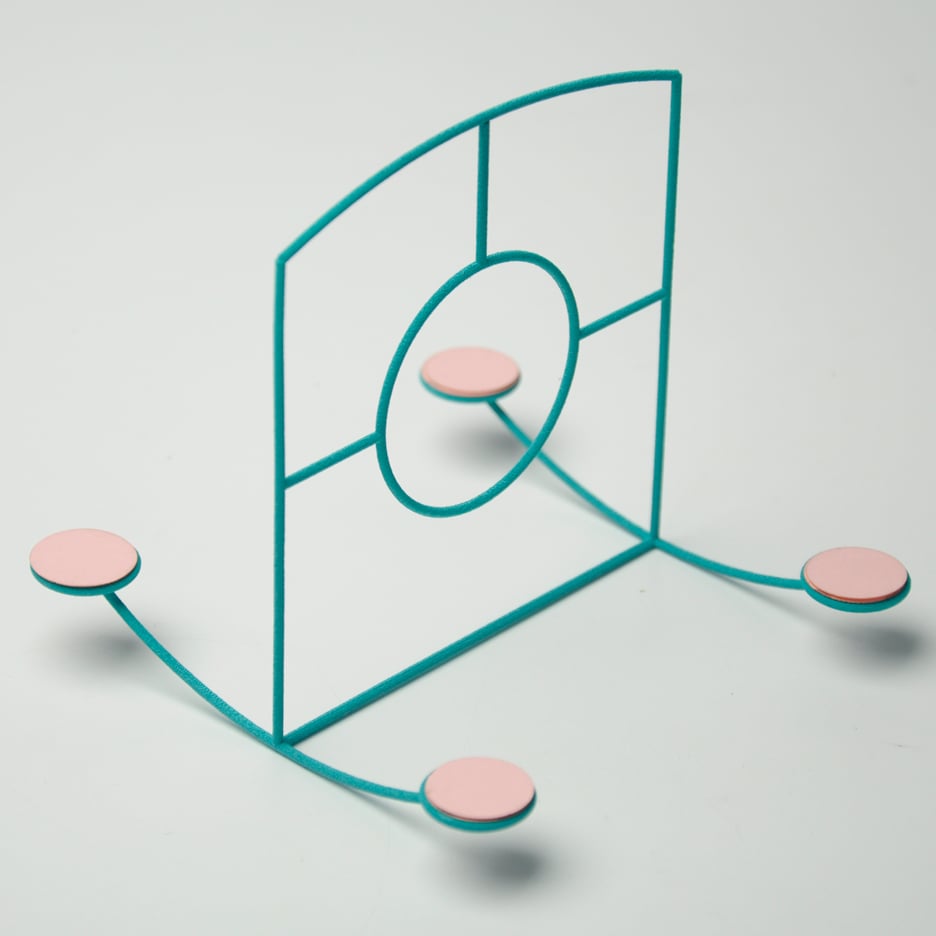
Another larger structure has a central walkway resting on a banana-shaped base. Smaller toys have single seats with attached circular handlebars, resting on semi-circular supports that resemble the bases of rocking chairs.
"The playfulness of Loose Play lies in the balancing systems, created by simple curves," said Diancourt, who graduated from Design Academy Eindhoven in 2015.
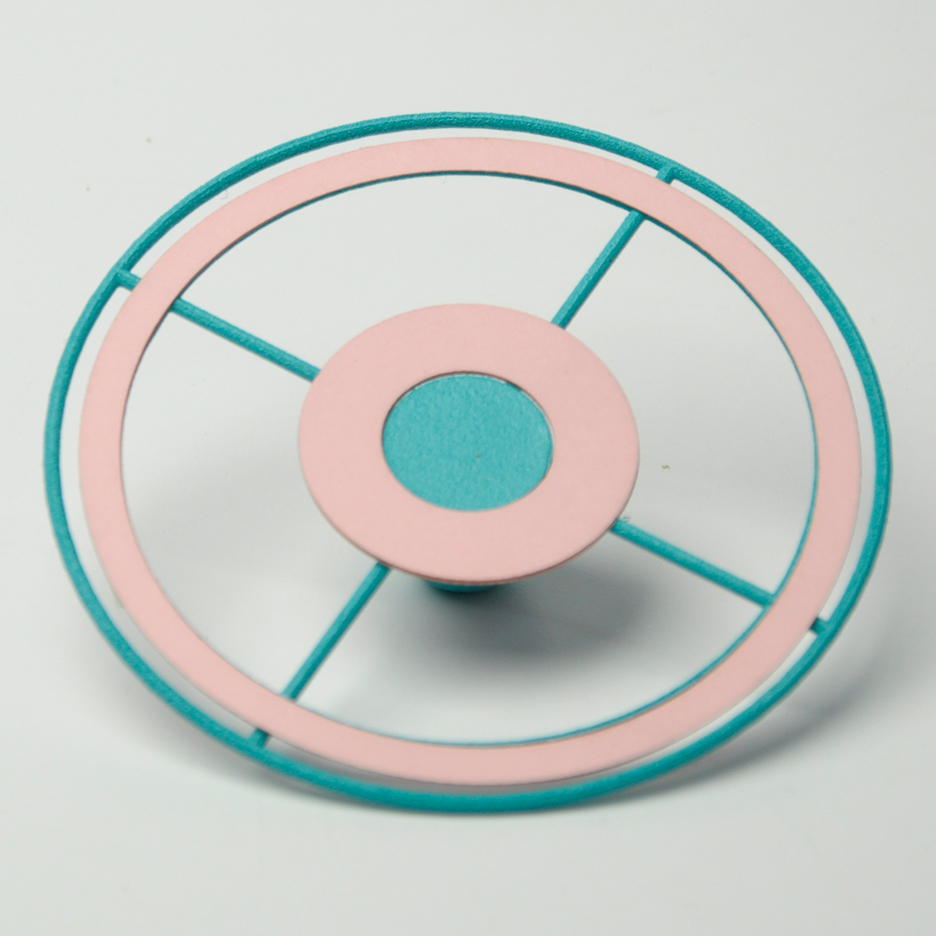
"Steel tubes naturally appear as a relevant choice, thanks to its amazing bending properties. This material also conveys the identity of our urban daily environment, which was important for the project."
The designer chose an "unstandardised range of colours" for the playground equipment, avoiding the usual choice of primary hues. Green is applied to bases and structural elements, and pink is used for flat seating areas.
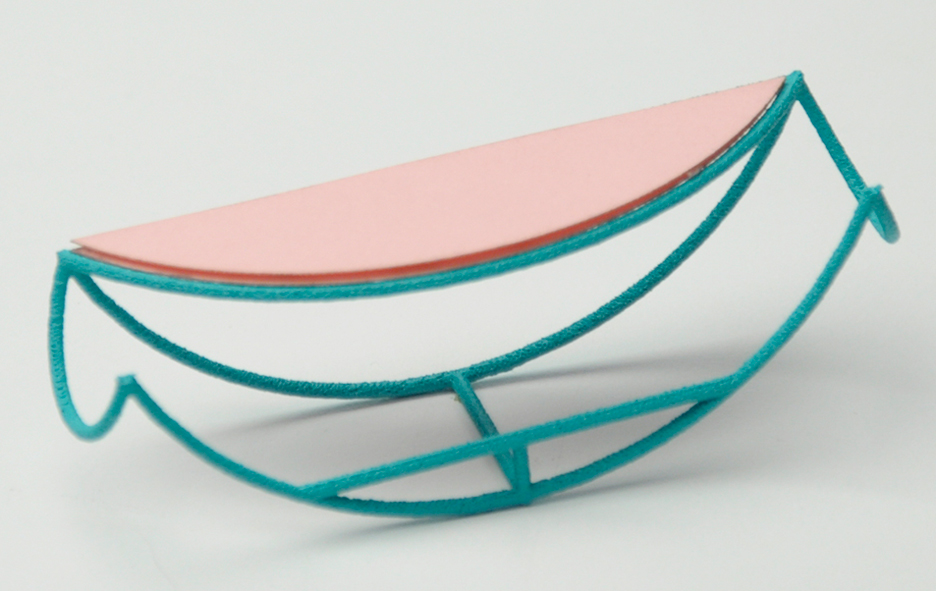
"I picked up this bright turquoise and pale pink out of a large colour research, considering the fact that they work well together in a playful way, and are pretty neutral for everyone, without any gender preferences," the designer added.
Höweler + Yoon Architecture has also reinterpreted playground equipment, installing a glowing circular swing in Boston.
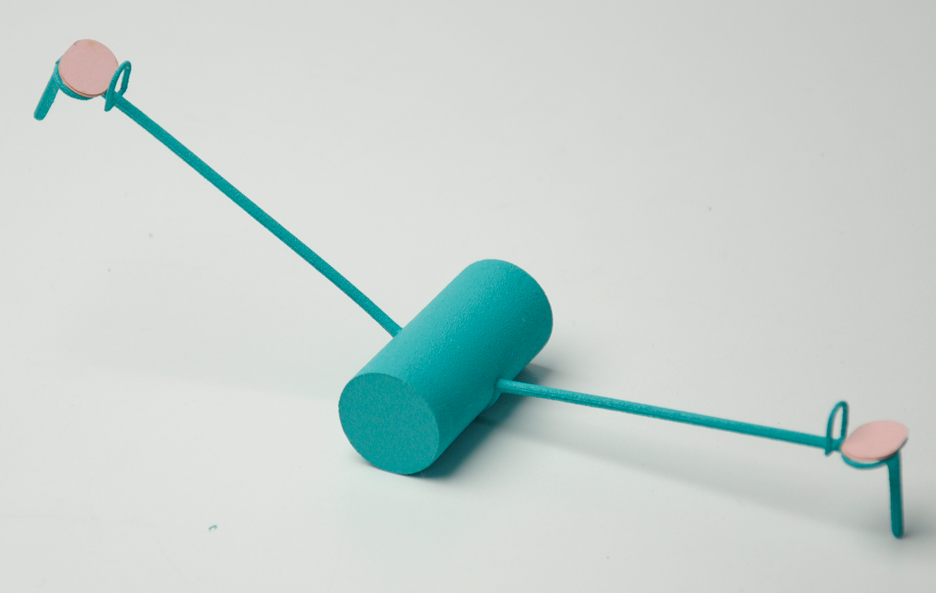
The Loose Play project came about after Diancourt researched the evolution of playgrounds in Europe after the second world war.
"Hundreds of spontaneous – yet, quite dangerous according to nowadays' standards – playgrounds were born," Diancourt said.
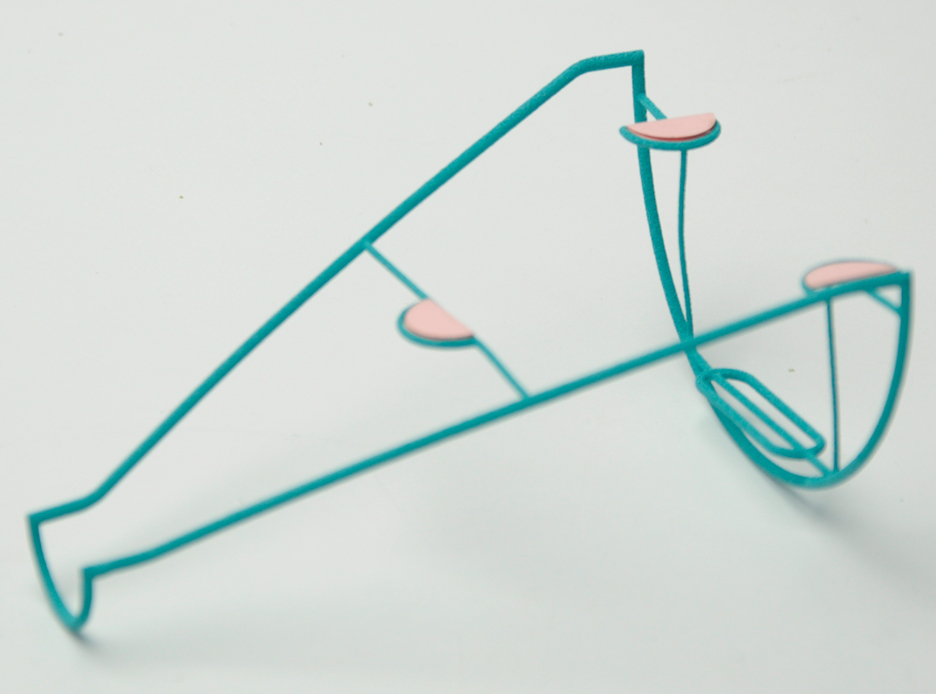
"From the 1980s our playgrounds transformed into very secured places: shapes became very figurative – castle, boats – and materials much more sanitised."
"A kid, as a future grown up, needs to be challenged both physically and morally by the city," she added.
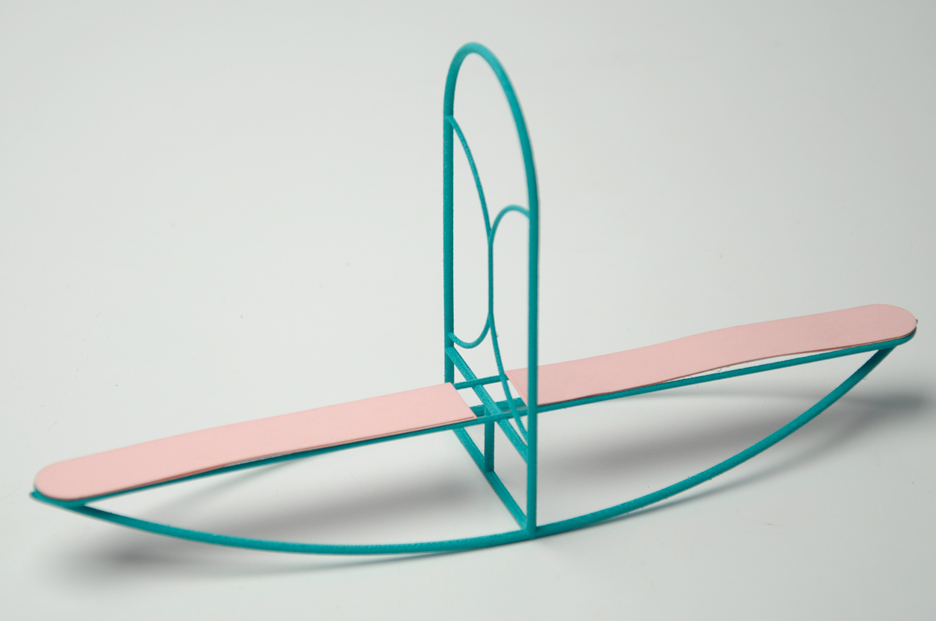
Although the designs have some obvious safety concerns, Diancourt emphasised that they're intended more as an exploration of the possibilities.
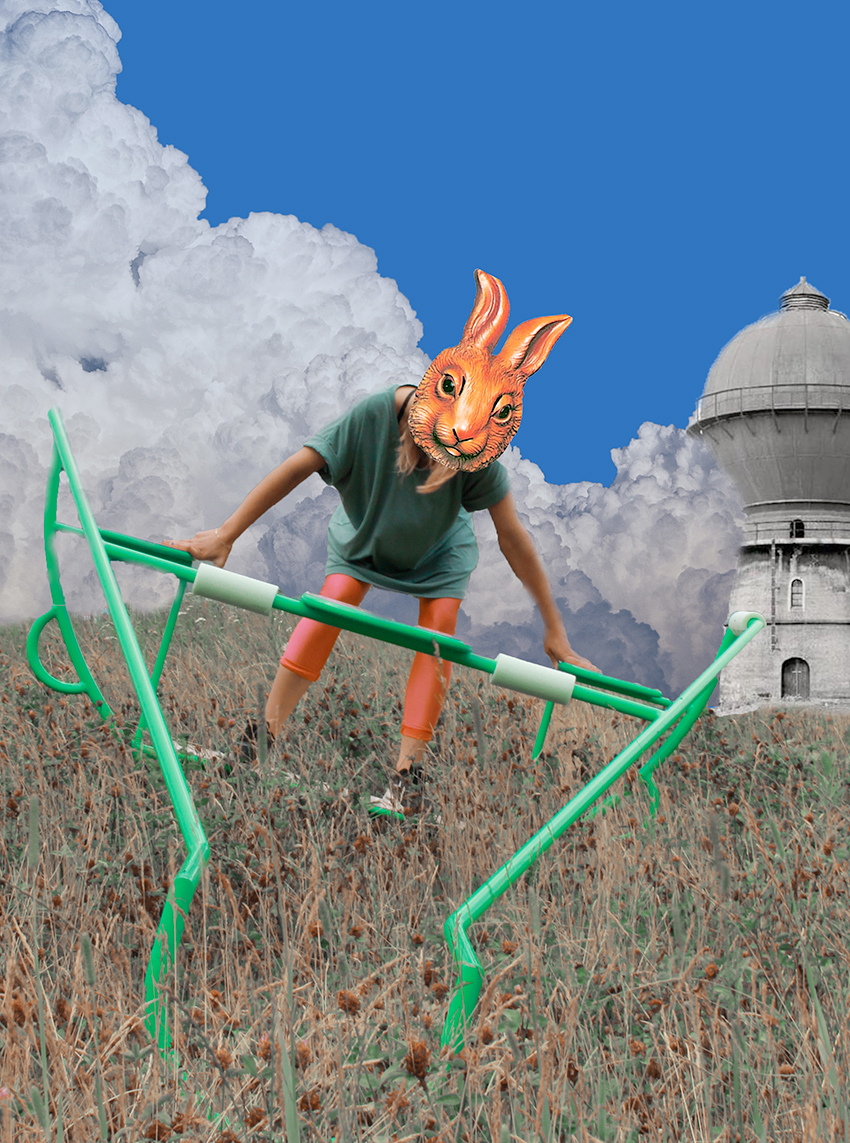
"I just wanted to create the shapes and see what happens," she told Dezeen. "Sometimes it's not realistic, but that's also how you can picture new shapes and new interactions and that's what I was interested in."
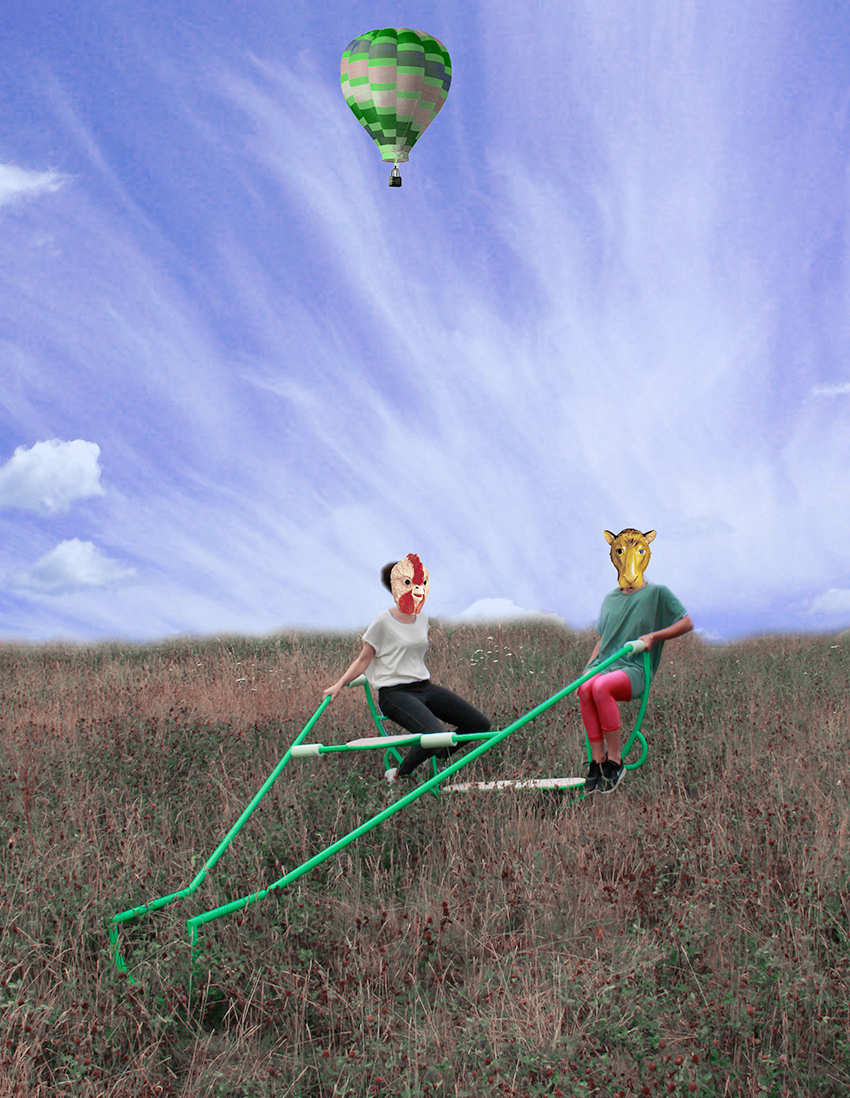
Loose Play was shown at the Design Academy Eindhoven as part of Dutch Design Week 2015, which ran from 17 to 25 October.